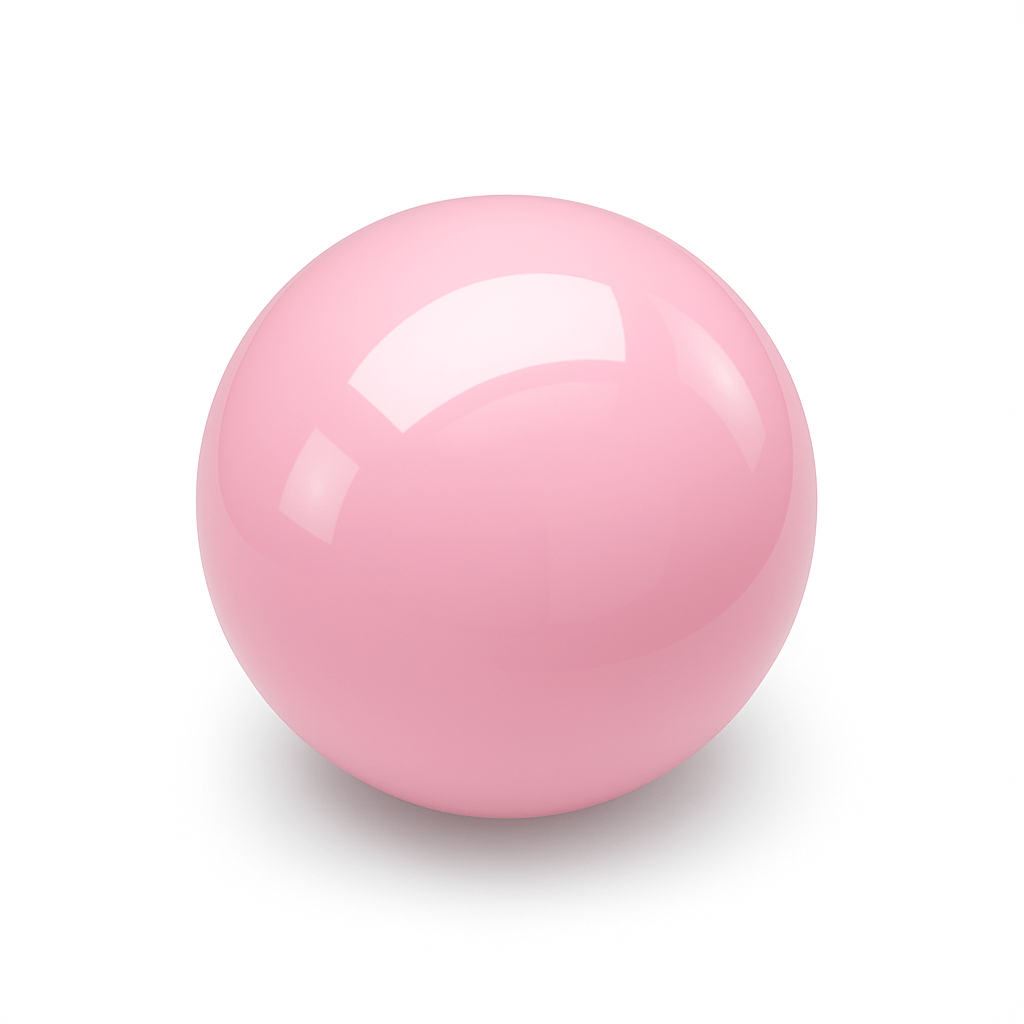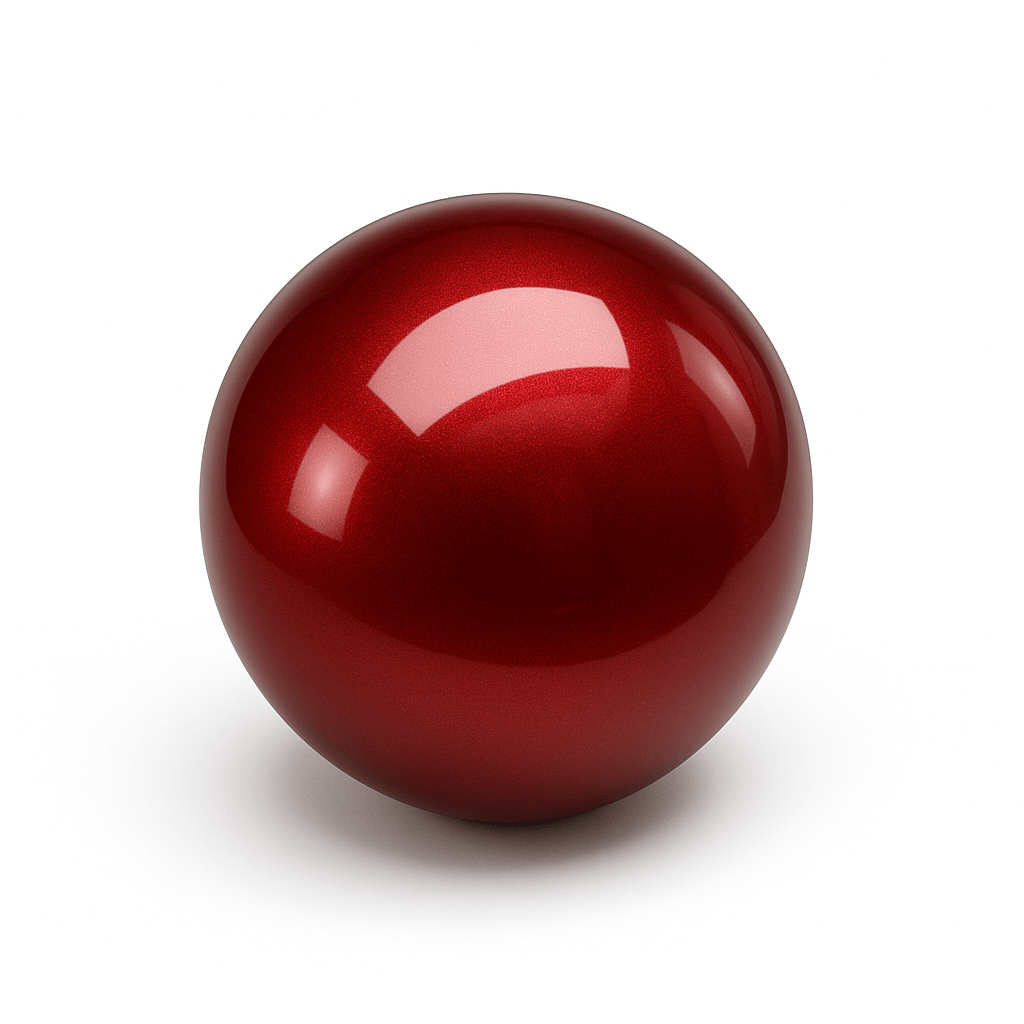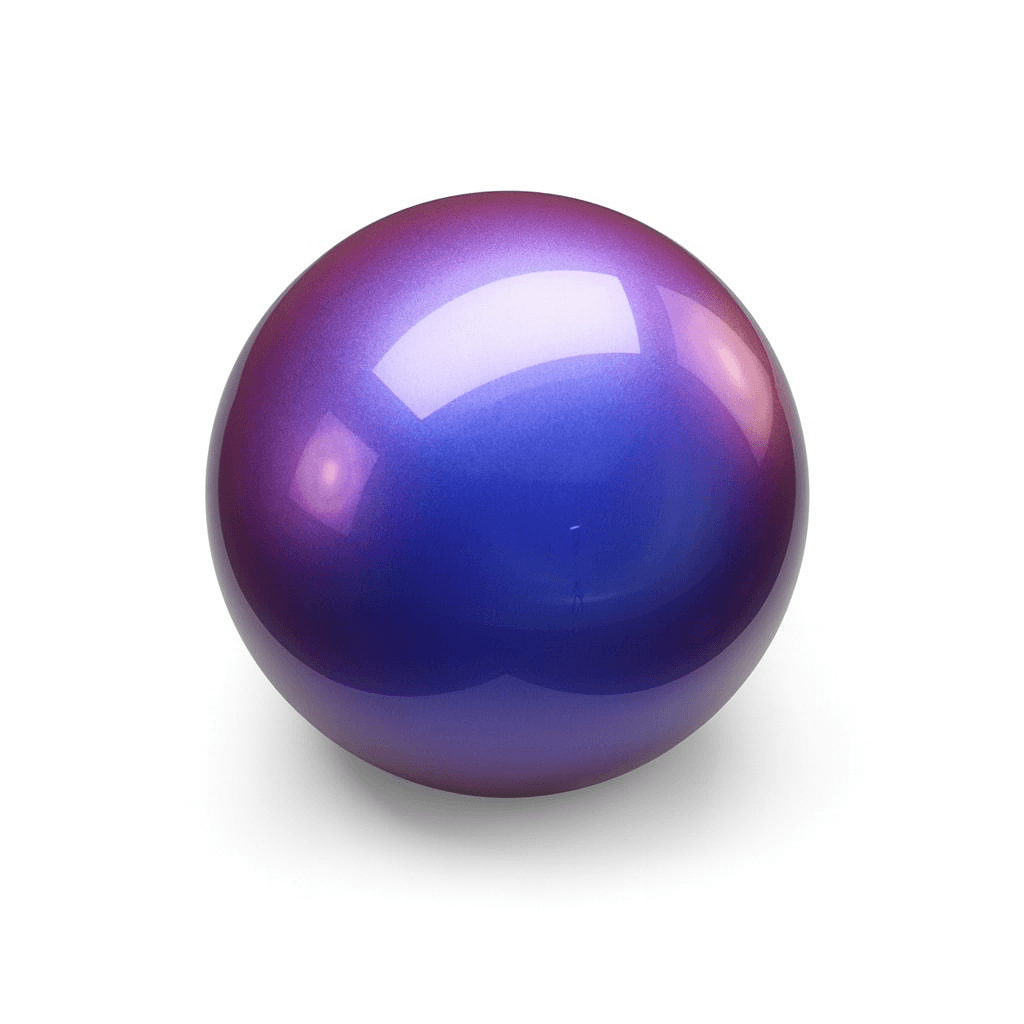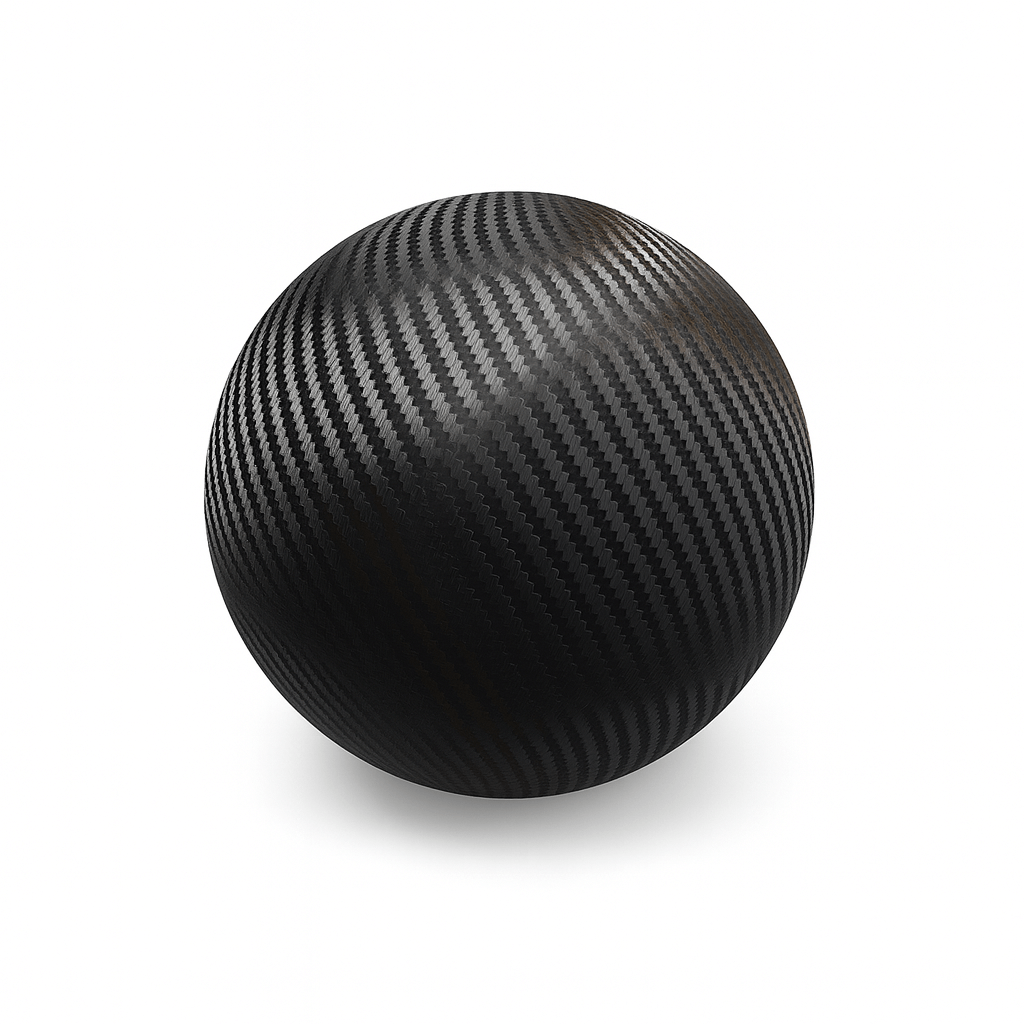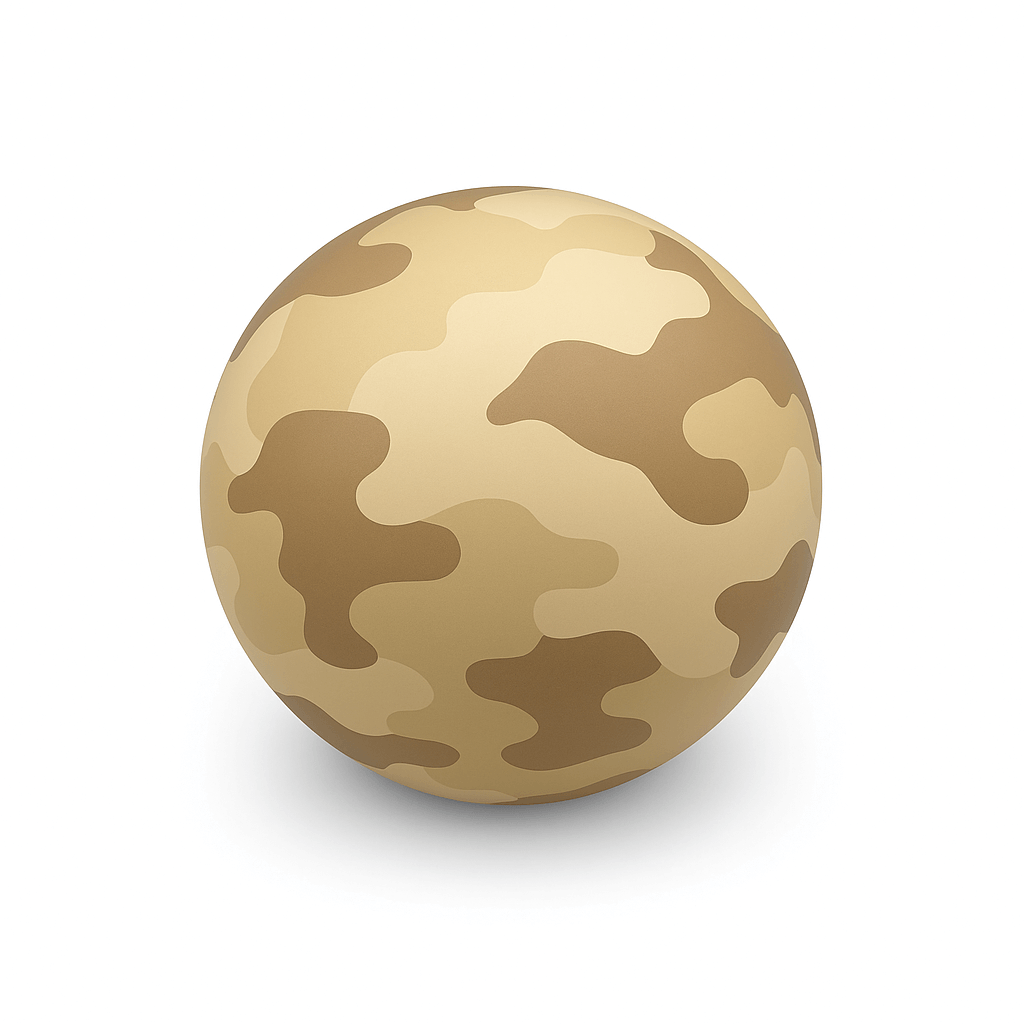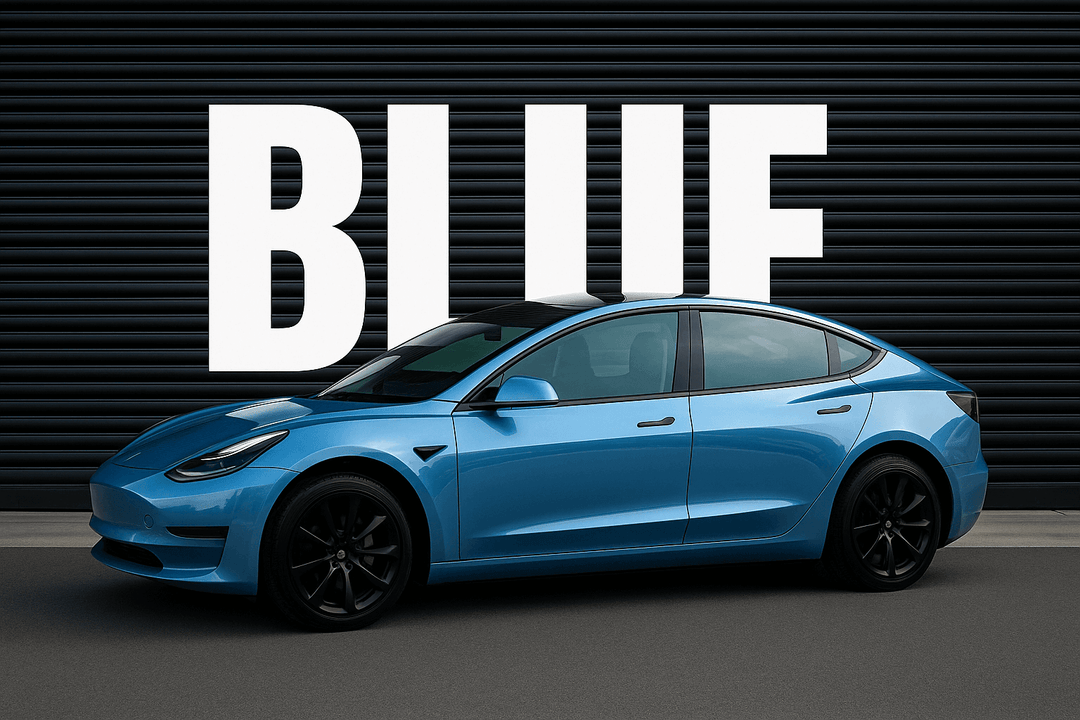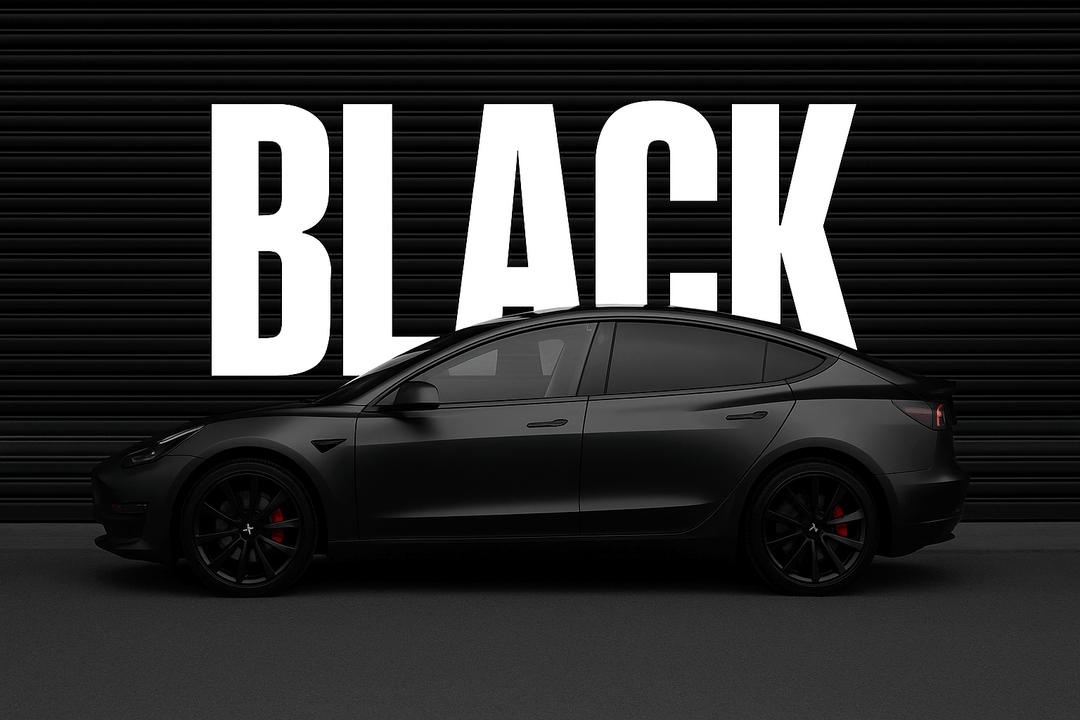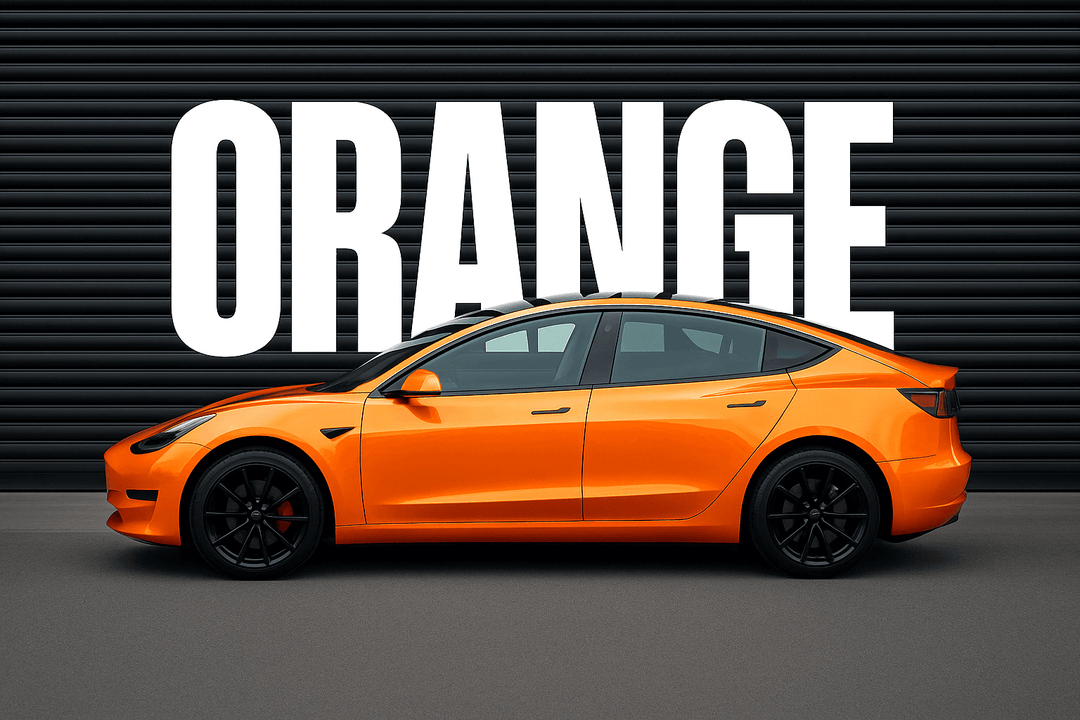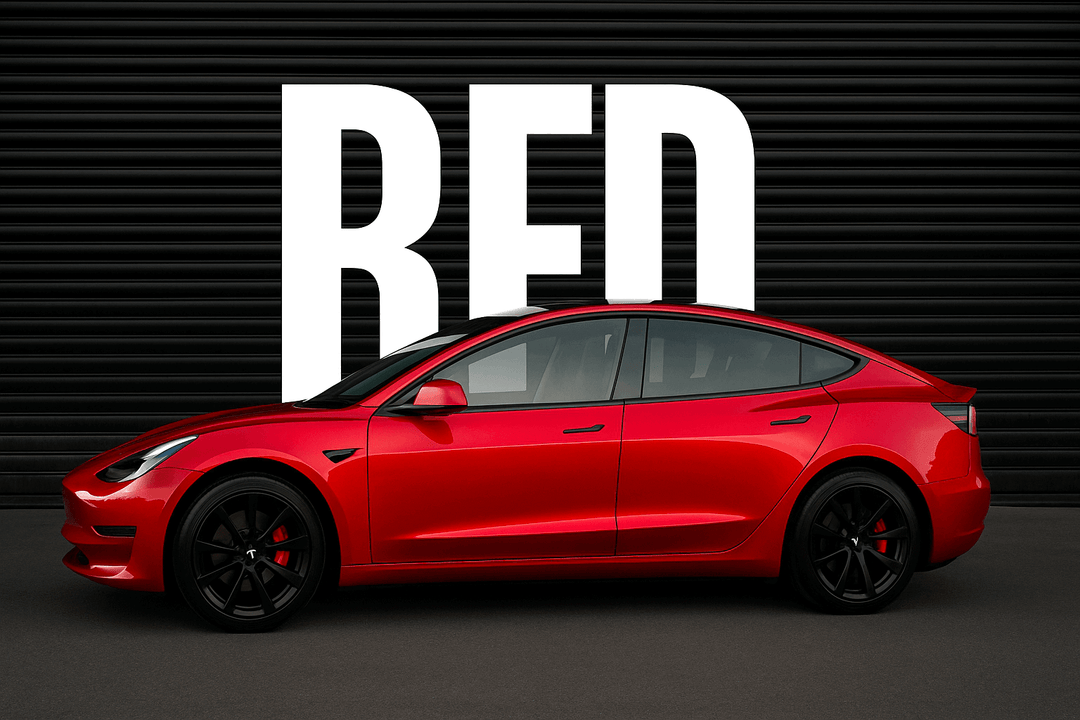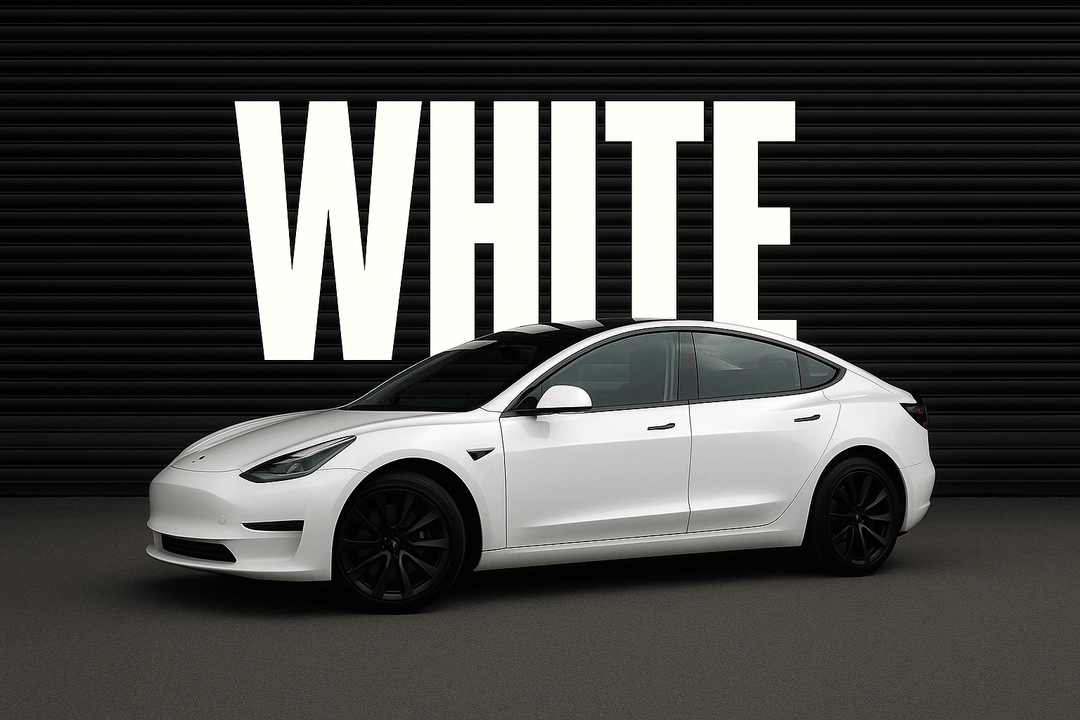How to Care for a Wrapped Car
Car wraps are one of the most popular ways to customize your vehicle. They let you change the color, texture, and overall style without committing to a permanent paint job. Whether you have chosen a gloss finish, a matte color, or something bold like a chrome or color-shifting wrap, your wrapped car needs proper care to stay looking great.
But cleaning and maintaining a wrapped car is not the same as caring for traditional paint. Vinyl wraps require special attention. If you are unsure how to care for a wrapped car without causing damage, you are in the right place. Many car owners love the look of their wrap but make simple mistakes that shorten its lifespan.

In this guide, we will share proven methods to help you maintain your wrap the right way. When taken care of correctly, a high-quality vinyl wrap can last up to seven years. Without the right maintenance, it may only last three to five years.
How to Wash a Wrapped Car
Washing a wrapped car may seem intimidating at first, especially if you are worried about damaging the vinyl. The truth is, modern vinyl wraps are more durable than many people expect. However, they still require the right care and attention to maintain their color, texture, and overall finish. Using the correct tools and techniques will help keep your wrap clean without compromising its look or lifespan.
Hand Wash Is Best
The safest and most effective way to wash a wrapped car is by hand. This gives you better control and helps you avoid anything that could scratch or lift the wrap. Always use a pH-neutral car shampoo along with a soft microfiber wash mitt. These products are gentle enough for vinyl and strong enough to remove dirt and grime.
Avoid using rough sponges, bristle brushes, or household cleaners. These can damage the wrap’s surface and dull its finish over time.
Avoid Automatic Car Washes
Even though they may be convenient, most automatic car washes are not friendly to vinyl wraps. The spinning brushes and high-pressure jets can lift the edges of your wrap or leave behind scratches. Over time, this type of damage can lead to peeling or premature wear.
If you must use an automatic system, choose a touchless wash. It uses water and cleaning agents without physical contact, which makes it safer for wrapped vehicles. Just keep in mind that hand washing is still the most protective method.
Rinse Before Washing
Before applying any soap or touching the surface with your wash mitt, always rinse the car thoroughly. This step removes loose dirt and debris that could otherwise scratch the vinyl during the washing process.
Use a low-pressure hose or a foam cannon for best results. A foam pre-wash can help lift and loosen dirt without needing to scrub, reducing the risk of swirl marks or abrasions on the wrap.
Use the Two-Bucket Method
One of the best techniques for cleaning your wrapped car is the two-bucket method. Fill one bucket with soapy water and the other with clean water for rinsing your mitt. After every pass on the car, rinse the mitt in the clean water before dipping it back into the soap.
This approach helps prevent dirt from being reintroduced to the surface of your car, reducing the chances of scratching the vinyl. It is a simple but highly effective habit for keeping your wrap clean and in excellent condition.
Drying Your Wrapped Car Properly
Once your wrapped car is clean, drying it correctly is just as important as the washing process. Improper drying can leave behind water spots or cause scratches that dull the wrap’s finish over time.
Always use clean, high-quality microfiber towels to dry your vehicle. Microfiber is soft, absorbent, and gentle on vinyl, making it ideal for this task. Gently blot or glide the towel across the surface without applying too much pressure. Avoid rubbing aggressively, as this can create fine marks or affect the texture of certain wrap finishes like matte or satin.
Another excellent option is to use a car-safe air blower. A blower allows you to dry the wrap without any physical contact, which completely eliminates the risk of scratching. It’s especially useful for hard-to-reach areas around trim, emblems, and creases where water tends to collect.
What you should never do is reach for a standard bath towel or rough cloth. These materials are too abrasive for vinyl and can leave behind lint or surface damage.

How Often Should You Wash a Wrapped Car?
The frequency of washing your wrapped car depends on your environment and where you store your vehicle. While vinyl wraps are designed to handle everyday exposure, regular cleaning is key to protecting their appearance and extending their lifespan.
As a general rule, you should wash your wrapped car at least once every month. However, if you live in an area with harsh weather conditions, coastal air, or lots of road contaminants, washing more frequently, it’s recommended to wash it every one to two weeks.
Some environmental factors that can shorten the life of a wrap include:
-
Acid rain and industrial fallout
-
Road salt and winter slush
-
Bird droppings and bug splatter
-
Tree sap and pollen
-
Salt air from coastal roads
-
Reclaimed water from sprinklers
-
Airborne pollutants like wildfire smoke or smog
These elements can stain or degrade the surface of your vinyl wrap if left untreated. Quick action is important, especially for organic stains like bird poop, tree sap, or dead insects. These can etch into the vinyl and cause permanent damage if not removed promptly. In such cases, use a small amount of isopropyl alcohol or a vinyl-safe cleaner on a soft microfiber cloth to spot-clean the affected area.
Parking your vehicle in a covered garage is one of the best ways to reduce exposure to harmful elements. If a garage isn’t available, a breathable car cover with ventilation is a good alternative. Proper storage, combined with a consistent washing schedule, can significantly extend the lifespan of your wrap, often by several years.
Can You Jet Wash a Car That’s Wrapped?
Yes, you can jet wash a wrapped car, but it must be done with care. While vinyl wraps are designed to withstand the elements, high-pressure water can still pose a risk if not handled properly. Using a pressure washer incorrectly could cause the vinyl to lift at the edges or develop small tears, especially around trim or seams.
To safely pressure wash a wrapped vehicle, it’s important to follow a few key guidelines:
-
Use low to medium pressure: Aim for a setting between 1200 and 1900 PSI. This is strong enough to remove dirt but gentle enough to protect the vinyl surface.
-
Stick to the 6–12 rule: Keep the nozzle at least six inches away from the body panels and twelve inches away from any edges, seams, or decals. This helps prevent direct impact that could loosen the wrap.
-
Opt for electric washers: If you have the option, electric pressure washers tend to be easier to control and less aggressive than gas-powered models.
-
Use a wide spray pattern: Avoid pinpoint or turbo nozzles. A 40-degree spray tip is usually the safest choice for vinyl.
-
Avoid spraying directly at the edges: Concentrated pressure at seams, corners, or exposed wrap edges can cause peeling or water intrusion under the film.
Jet washing can be a convenient part of your car care routine, but the technique is everything. If done gently and thoughtfully, it can clean your wrapped car effectively without risking damage. Always test a small area first and adjust your settings if needed.

Can You Use Drive-Thru Car Washes on Wrapped Car?
Technically, yes—you can take a wrapped car through a drive-thru car wash. However, just because it’s possible doesn’t mean it’s the best idea. In most cases, using an automatic car wash is not recommended for vinyl-wrapped vehicles.
The main concern lies in how these car washes operate. Most drive-thru systems use spinning brush heads and high-pressure jets that are designed for standard painted surfaces, not vinyl. These brushes can be overly abrasive and may create light scratches or wear down the wrap’s finish over time. Repeated exposure to these systems can lead to premature fading, surface dullness, and even peeling around edges or seams.
The problem is not always immediate damage, but rather gradual deterioration that shortens the lifespan of your wrap. And because you cannot control the water pressure or the condition of the brushes in these facilities, the risk adds up with each wash.
If you are looking for a quicker alternative to hand washing, a touchless automatic wash is a safer option. These use water and cleaning agents without physical contact, which makes them less likely to harm your vinyl. Still, nothing beats a gentle hand wash when it comes to preserving the appearance and integrity of your wrap.
Can You Wax a Wrapped Car?
While waxing is a great habit for protecting traditional paintwork, it’s not something we typically recommend for vinyl-wrapped vehicles. In fact, applying regular car wax to a wrap can do more harm than good, especially if your wrap has a matte, satin, or textured finish.
Traditional waxes are formulated to enhance gloss and shine, which directly conflicts with the visual goals of many wraps. If you’ve chosen a matte or satin wrap for its flat, non-reflective look, wax can interfere with the surface and leave behind blotches, uneven gloss, or a sticky residue. Once that happens, restoring the finish can be difficult or even impossible.
Another reason to avoid waxing a wrapped car is that vinyl doesn’t need it. High-quality vinyl wrap is already built to be durable and weather-resistant. It doesn't benefit from wax the same way clear-coated paint does. In many cases, adding wax provides no extra protection and may attract more dust and dirt.
If you want added protection for your wrap, the better choice is a wrap-safe sealant or a ceramic coating designed specifically for vinyl surfaces. These products add a layer of UV and stain resistance without altering the appearance of the wrap. They’re particularly helpful for maintaining vibrant color and protecting against environmental pollutants.
That said, if parts of your car are not wrapped, such as side mirrors, roof, or rear panels, those areas can still benefit from traditional wax. Just be mindful when applying products near the vinyl edges to prevent overlap or residue.
So, can you wax a wrapped car? Technically, yes, but only if the wax is vinyl-safe and the wrap has a gloss finish. For all other cases, skip the wax and opt for a dedicated wrap sealant or coating that keeps your vehicle protected without compromising the style you chose in the first place.
Final Thoughts
Caring for a wrapped car doesn’t have to be complicated, but it does require a little extra attention and the right approach. With proper washing, gentle drying, and smart product choices, your car wrap looks as good on day 500 as it did on day one.
If you found this guide helpful, be sure to explore the rest of our blog for more expert car care tips, wrap maintenance advice, and inspiration to keep your vehicle in peak condition.
Related Resource
How Long Does Vinyl Car Wrap Last
How to Fix Oxidized Car Wrap and Remove Water Spots Safely
How to Protect Your Car Wrap from Fading?


